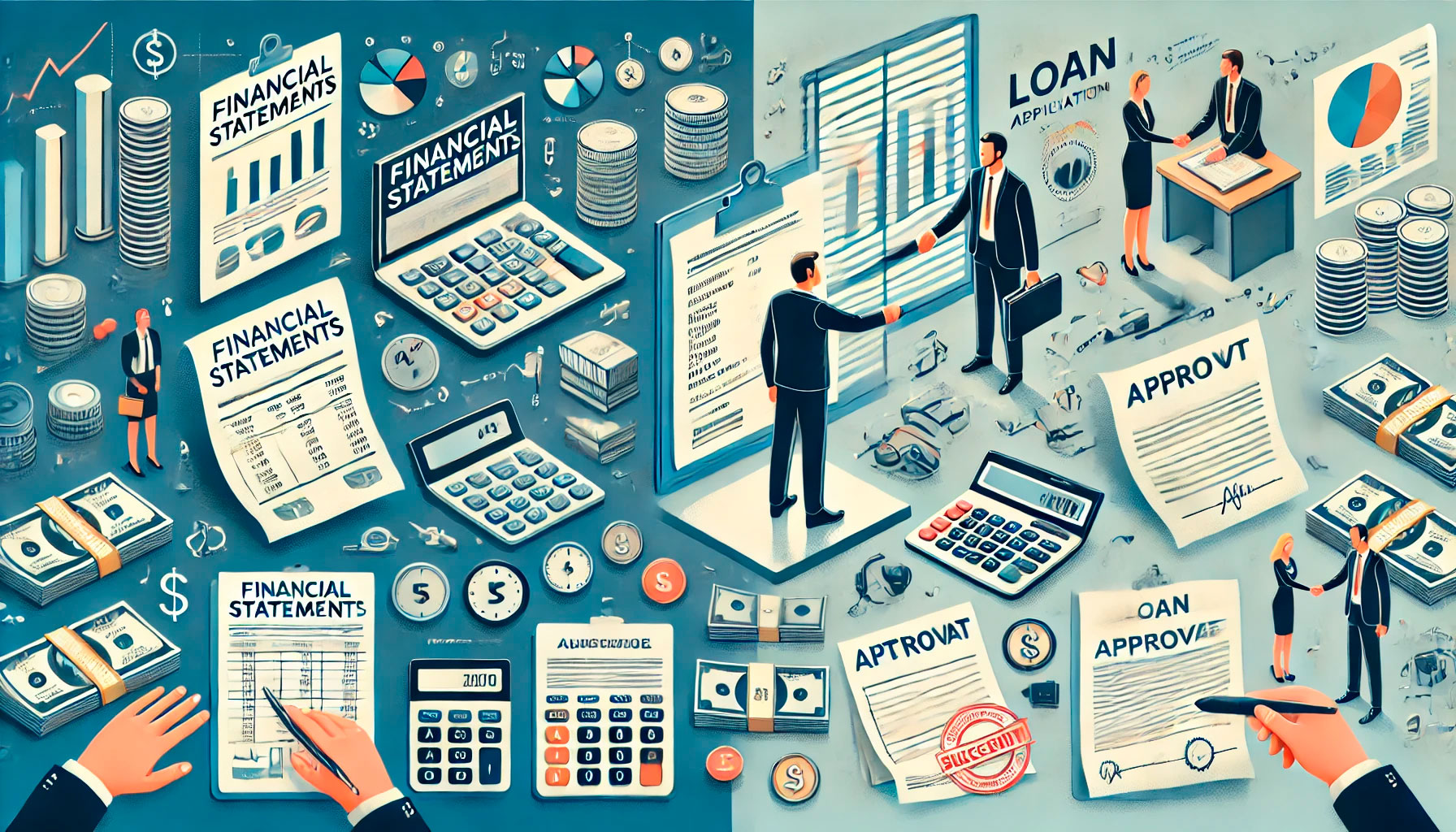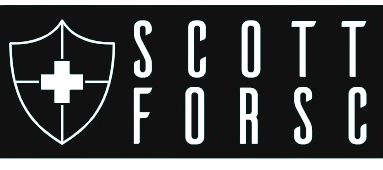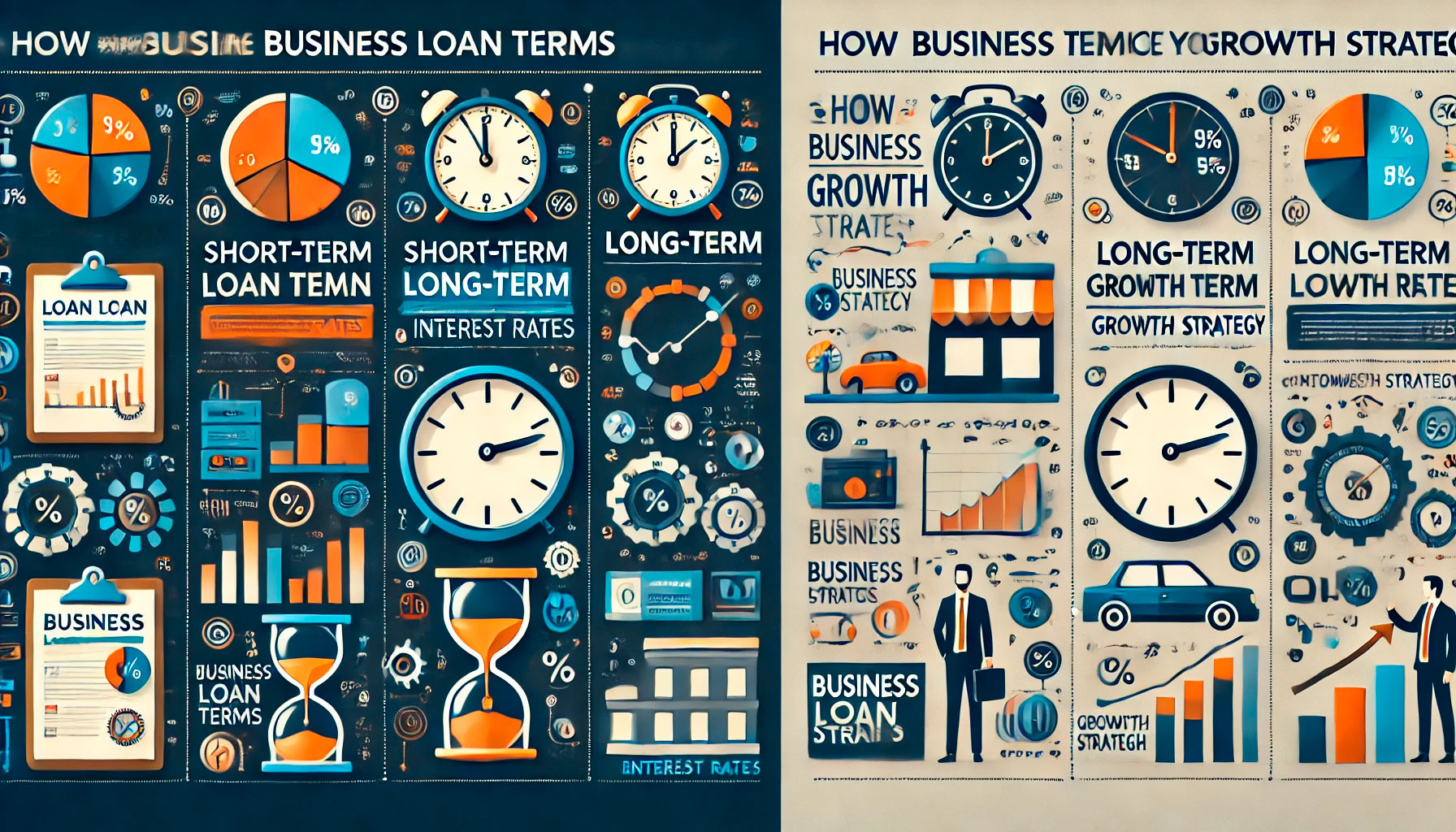
How Business Loan Terms Can Shape Your Growth Strategy
The terms of a business loan extend far beyond interest rates and repayment schedules—they can dictate the pace and direction of your company’s growth. Whether you are looking to expand aggressively or scale gradually, understanding the intricacies of loan terms is critical. But how exactly do these terms influence your growth? And what should you consider when aligning a loan with your long-term strategy?
This article delves into the specific ways loan conditions can accelerate or hinder your business ambitions.
Interest Rates: The True Cost of Borrowing
Interest rates are often the first thing business owners focus on, but their influence stretches well beyond the obvious monthly payments. The choice between a high or low interest rate can define how much capital is available for reinvestment and how fast your business can grow.
Fixed vs. Variable Rates: Predictability or Flexibility?
A fixed interest rate offers stability and predictability, allowing you to plan for the long term without worrying about fluctuating costs. This can be particularly useful if your growth strategy involves steady, planned investments in new projects or resources. Fixed rates give businesses security, as the monthly repayment remains the same throughout the loan’s lifespan.
On the flip side, variable interest rates may offer a lower entry point but can fluctuate with the market. If rates rise unexpectedly, it could eat into your cash flow, slowing down planned expansion efforts. However, if you anticipate interest rates staying low or have flexible revenue streams, a variable rate loan can initially provide you with more affordable capital, boosting your short-term growth capacity.
Loan Repayment Terms: Short-Term or Long-Term Vision?
The length of your loan repayment schedule can have a significant effect on your business’s ability to implement growth initiatives.
Short-Term Loans: Rapid Payoff but Immediate Pressure
A short-term loan with a shorter repayment period demands higher monthly payments, which can create immediate pressure on your cash flow. While it might make sense for businesses that expect a quick return on investment—such as seasonal businesses—this type of loan could constrain companies seeking to reinvest in slower, more stable growth.
However, the quicker payoff means your business can become debt-free faster, enabling you to take on new loans or reinvest freed-up capital sooner, aligning with a fast-paced growth strategy.
Long-Term Loans: Flexibility with a Price
Long-term loans offer more breathing room. Lower monthly payments leave more cash available to reinvest in operations, marketing, or expanding your workforce. This extra flexibility can help your business thrive in the early stages, where cash flow is critical.
The downside? You’ll likely pay more in interest over the life of the loan. While you’ll have more freedom day-to-day, the total cost of borrowing may be higher, and that extra cost could limit your long-term profitability.
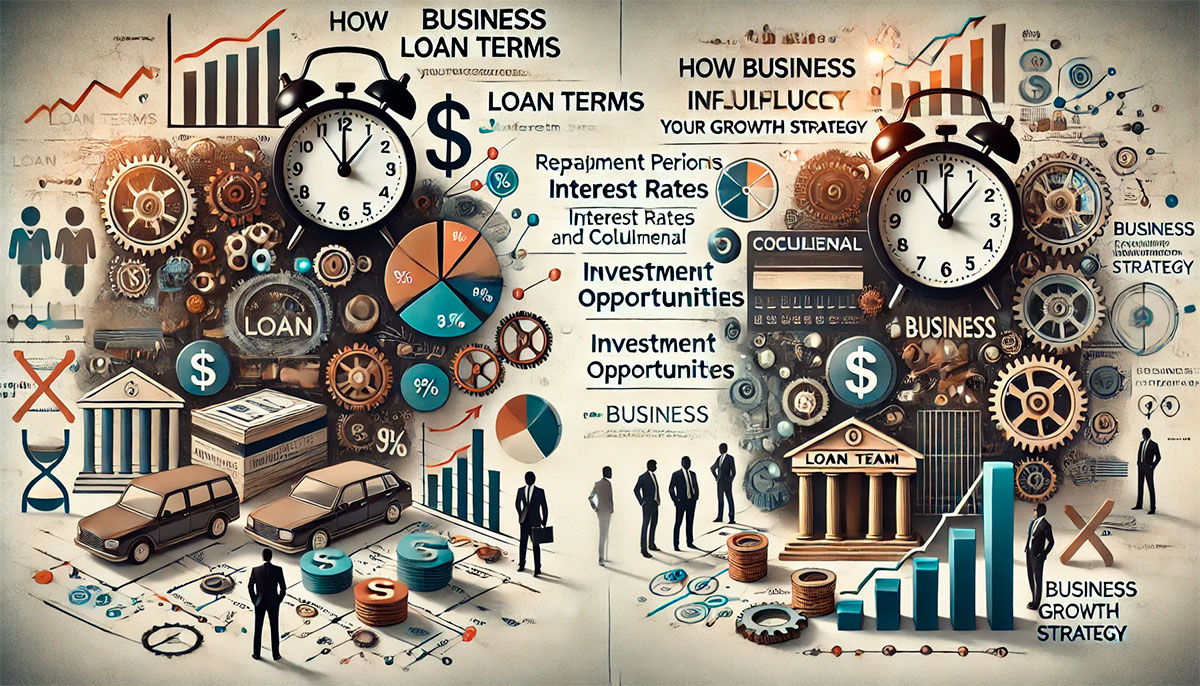
Collateral and Risk: The Balancing Act
Secured loans require collateral, such as property or equipment, which lowers interest rates but raises the stakes. Unsecured loans, meanwhile, carry higher interest rates but reduce your personal risk.
Secured Loans: Low-Cost Financing, High Stakes
Secured loans often provide lower interest rates and higher loan amounts, which can give you the financial muscle to pursue larger growth initiatives, such as expanding into new markets or purchasing expensive equipment. But these benefits come with risk: if your business faces financial difficulties, losing your collateral could hinder future growth efforts.
When planning your growth strategy, consider whether your business can comfortably meet the repayment obligations. Secured loans are a great option for businesses with stable cash flow, but the potential downside—losing essential assets—could derail expansion.
Unsecured Loans: Safer, but More Expensive
Unsecured loans are more accessible for businesses without substantial assets but come with higher interest rates and lower loan limits. They are ideal for smaller growth initiatives or businesses in the early stages of development, where risking major assets isn’t an option. However, you’ll need to manage the higher costs carefully to ensure they don’t detract from your overall profitability.
Loan Amounts: Borrowing for Today or Tomorrow?
The amount you borrow must be carefully aligned with your business’s growth ambitions. Taking on too little debt may starve your business of essential resources, while borrowing too much could saddle you with unsustainable debt.
Borrowing Too Little: Growth Bottlenecks
Underestimating how much capital you need could result in missed opportunities. Expansion plans, new equipment, or staffing increases might have to be scaled back due to a lack of available funds, slowing the growth trajectory of your business. It’s critical to factor in both current and future expenses when determining how much to borrow, ensuring that your business has enough capital to thrive during expansion periods.
Borrowing Too Much: Overextension Risks
Conversely, borrowing more than your business can handle creates unnecessary debt and additional financial pressure. Excessive debt limits your flexibility and could lead to strained cash flow, making it harder to respond to unexpected challenges or take advantage of new opportunities. The key is to strike a balance between accessing enough funds for growth while keeping debt manageable.
Aligning Loan Terms with Your Business Growth Strategy
The terms of your loan should align closely with your specific business goals and growth strategy. If your business needs a boost to handle immediate demands, a short-term loan with higher payments may be the right fit. If you’re looking to scale over time, a long-term loan with lower monthly obligations might support that vision better.
Tailor Your Loan to Your Revenue Model
For businesses with predictable, steady income, long-term loans can support ongoing investments without putting undue strain on cash flow. Conversely, businesses that experience seasonal or variable revenue may prefer short-term, flexible loans that allow for faster repayment when cash flow is strong.
Consider Future Growth
Always think ahead: How will the loan terms affect your business one year, three years, or five years down the road? Does your growth strategy depend on having access to future financing? If so, consider loans with early repayment options or refinancing flexibility.
Conclusion
Business loan terms—whether it’s interest rates, repayment schedules, or collateral requirements—can dramatically shape how your business grows. A clear understanding of how these terms interact with your company’s specific needs is essential to aligning financial tools with strategic goals. By carefully considering the full scope of loan terms, businesses can craft growth strategies that are financially sustainable, flexible, and ultimately successful.
You May Also Like
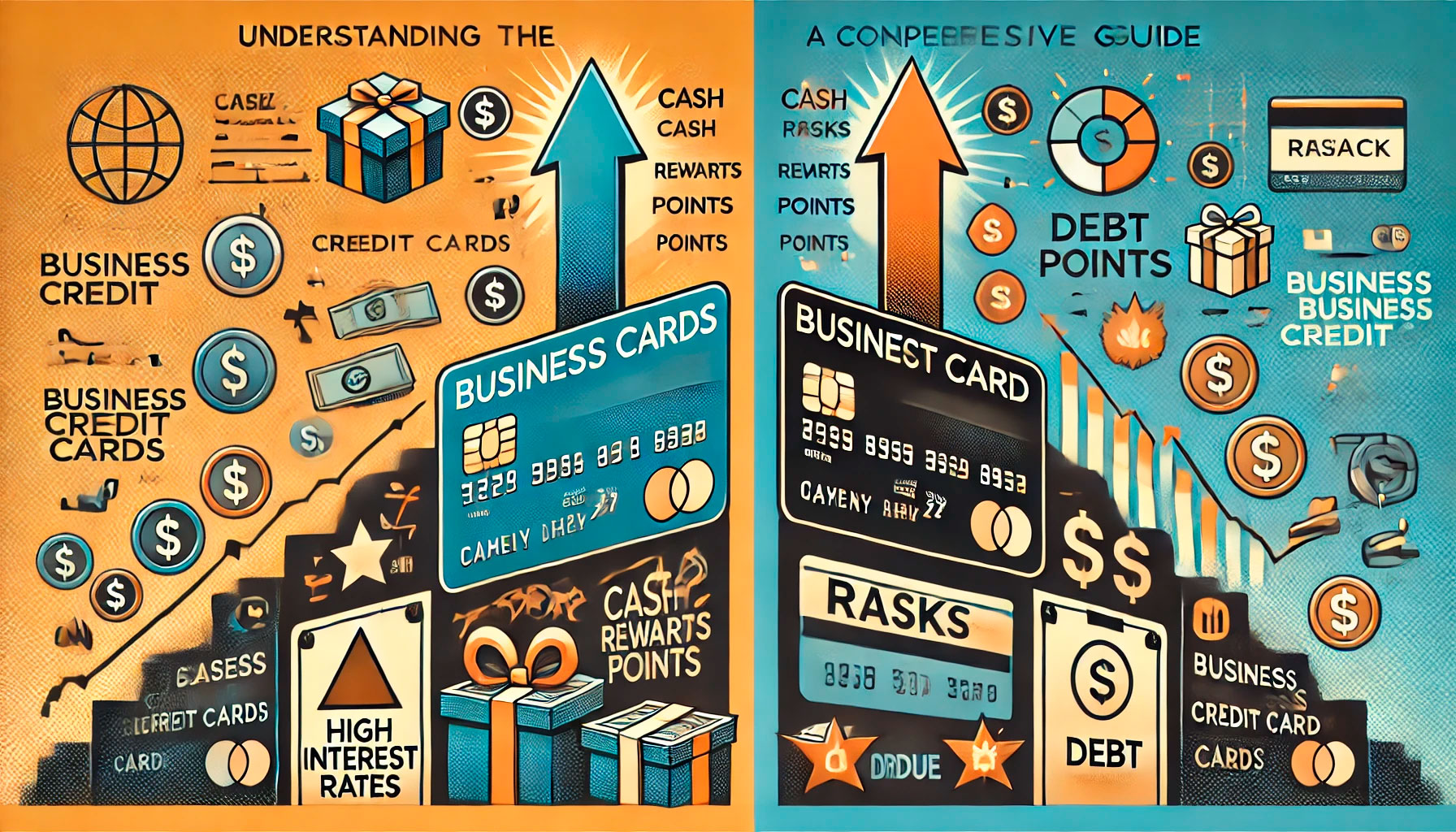
Understanding the Risks and Rewards of Business Credit Cards
October 14, 2024
Business Loans for Startups: What You Need to Qualify
July 4, 2024